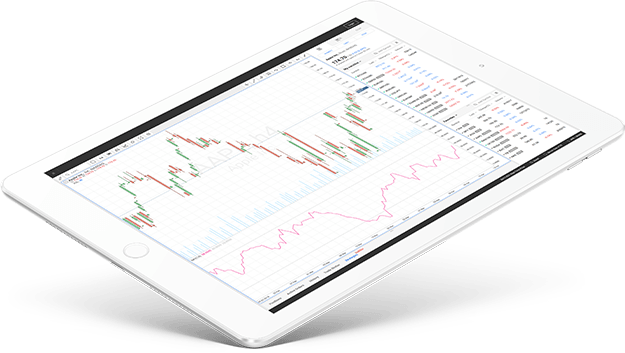Market Order
Buy or sell order at a current market price. Best execution price guaranteed by execution venue. The Requested Order price is not guaranteed.
Buy Limit Order
Pending order to buy below the current market price. Trigger condition: the current Ask price is less or equal to declared order price. The Requested Order price is guaranteed. The Execution price is better or equal to the Declared Price.
Buy Stop Order
Pending order to buy above the current market price. Trigger condition for FX/ Indices: current ask price is greater or equal to declared order price. Trigger condition for Stocks/ Crypto: last price is greater or equal to declared order price. Requested Order price is not guaranteed.
Sell Limit Order
Pending order to sell above the current market price. Trigger condition: the current Bid price is higher or equal to declared order price. The Requested Order price is guaranteed. The Execution price is better or equal to the Declared Price.
Sell Stop Order
Pending order to sell below the current market price. Trigger condition for FX/ Indices: current bid is less or equal to declared order price. Trigger condition for Stocks/ Crypto: last price is less or equal to declared order price. Requested Order price is not guaranteed.
Expiration Time Availability (Buy Limit, Buy Stop, Sell Limit, Sell Stop):
Good Till Cancelled - Order will be valid immediately after setting until cancelled.
Day Order - Order will remain until the end of the day, in which case it will be cancelled if not triggered.
End of Week - Order will be valid till the end of the week, which is Friday.
End of Month - Order will be valid till the last Business day of the month.
Select Date and Time - Personal Preference of chosen validity.
Stop Loss Order
Stop order to close a deal. Trigger condition for FX/ Indices: current bid (for BUY deals) or current ask (for SELL deals) reaches the Stop Loss level. Trigger condition for Stocks/ Crypto: last price reaches the Stop Loss level. Requested Order price is not guaranteed.
Trailing Stop
Trailing Stop is a kind of dynamic Stop Loss that follows the price. When you set Trailing Stop, you specify the number of pips between the current price and Trailing Stop. If the market moves your way, Trailing Stop will follow the price and will get triggered only once the price reverts and moves the number of pips specified. The current price value depends on the instrument type:
Stocks and cryptocurrencies: "Last price"
Other instruments (long positions): "Bid price"
Other instruments (short positions): "Ask price"
Take Profit Order
Limit order to close a deal. Trigger condition: current bid (for BUY deals) or current ask (for SELL deals) reaches the Take Profit level. Requested Order price is guaranteed. Execution price is equal or better then declared in Take Profit.
Stop Out Order
Stop order to close a deal. Trigger condition: Margin level is less or equal to Stop Out Level.
Definitions
Order Type - Market, Limit, Stop, Stop Loss, Take Profit, Stop Out.
Order Status - Active, in execution (filling), filled, cancelled, rejected.
Declared Order Price – the order price before the order triggered for execution.
Filled Order price – the order price after the order has been filled.
Last price – the price of the last executed transaction on the execution venue. Stock instruments indicate the last price on the financial chart.
Deal – the result of an executed order. Any filled order opens or closes a deal.
Deal status – open, closing, closed.

